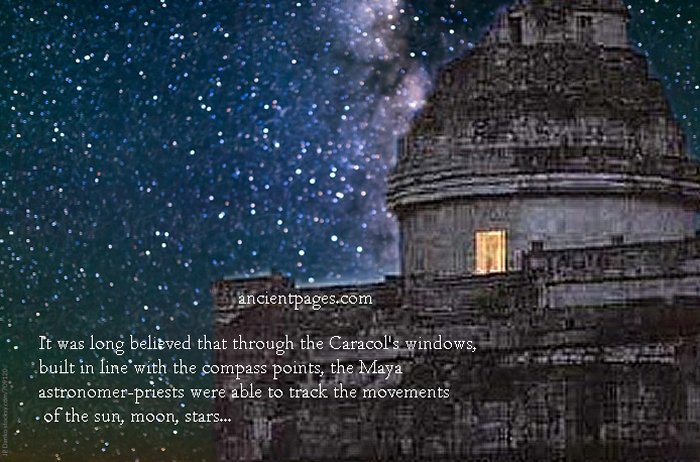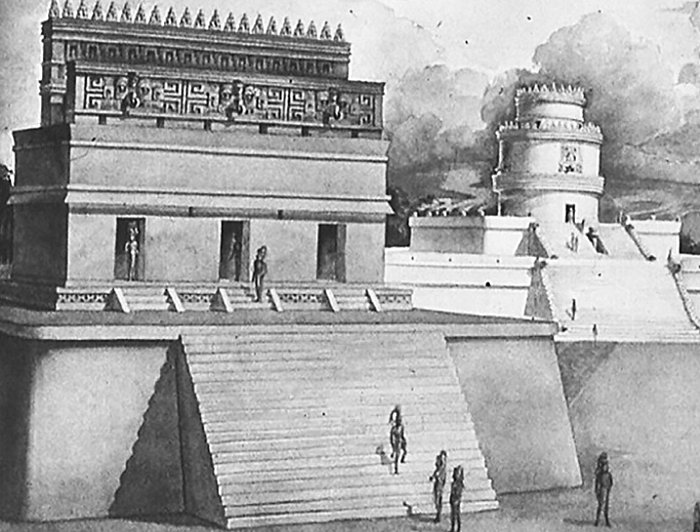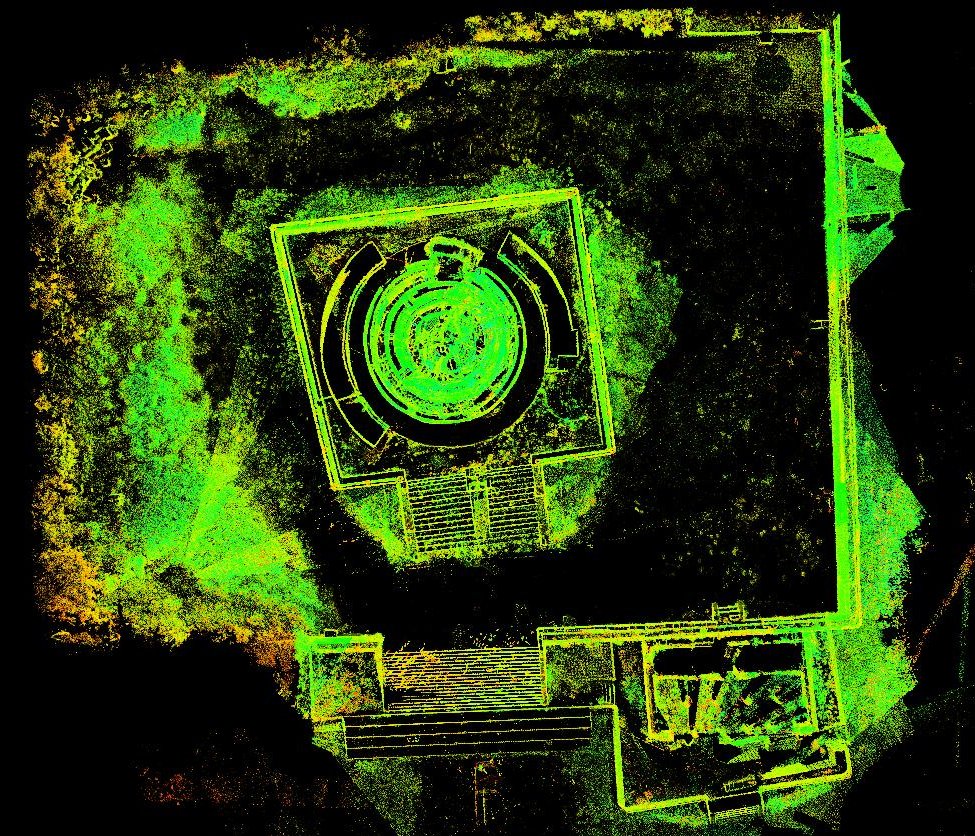Mysterious El Caracol At Chichen Itza: What Did Maya Astronomer-Priests Observe In The Sky?
A. Sutherland - AncientPages.com - Ancient astronomical observatories can be found on both American continents and elsewhere. Ancient people who built ziggurats, temples, and observatories, aligned them to exact celestial orientations and carefully observed the sky, understood celestial movements, cycles of the moon, sun, stars.
The Aztecs worshiped the Pleiades, and the Maya had a cult of Venus ("the morning star"). Despite the lack of advanced technology, the Mayans were great astronomers. Their observations were so accurate that they could predict solar and moon eclipses, describe the movement of planets in the solar system and create very precise calendars.
A Mayan pyramid, El Castillo, has windows in the top of the pyramid, aligned with sunrises at the solstices and alignments with the sunset points of the equinoxes.
It is located in the pre-Columbian city of Chichen Itza, one of the most famous Maya cities, which – like Uxmal - flourished around 800 AD. However, Chichen Itza still had its influence while other Mayan cities were abandoned and ruined.
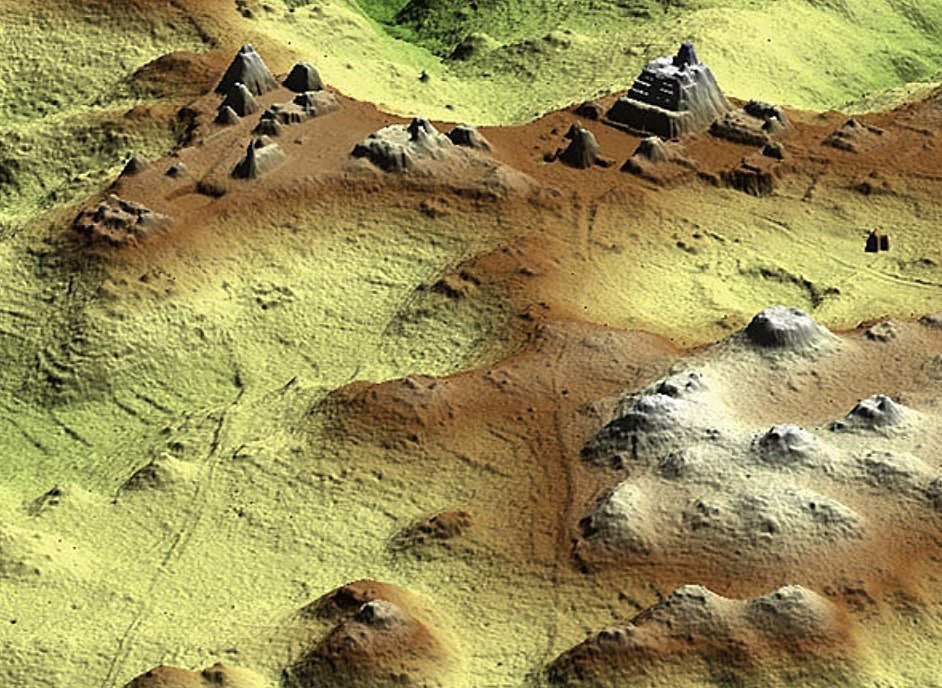 A 2.5 D LiDAR image of the Caracol epicenter looking northwest. Source www.caracol.org
A 2.5 D LiDAR image of the Caracol epicenter looking northwest. Source www.caracol.org
Also at Chichen Itza, there is another example of advanced Mesoamerican astronomy of old times. It is the 74-foot high building nicknamed ‘El Caracol’ ("Snail"), which is believed to be an ancient observatory.
Its name refers to the spiral shape of the stairs (leading to the top of the observatory) and located inside the El Caracol’s circular tower, with orientations intentionally designed to mark important alignments with Sun and planet Venus (recorded in the Dresden Codex), and the setting sun at the equinox.
There is the solstice diagonal of the upper platform, the zenith passage sunset, and the Venus northernmost setting.
It is known that El Caracol was a monument related to Kukulcan (Quetzalcoatl), who in the 9th-century texts at Chichen Itza was never identified as human and artistic representations depicted him as a ‘Vision Serpent’ entwined around the figures of nobles.
Not much more it is known for sure about El Caracol's ancient past. Many researchers have speculated on the purpose of the structure and its precise function.
It was long believed that through the windows, built-in line with the compass points, the Maya astronomer-priests were able to track the movements of the sun, moon, and stars. Many windows of El Caracol are located so that they allow observation of certain phenomena in the sky, such as the setting sun during the spring equinox.
Indeed, the structure looks like an observatory, but there is no ancient evidence attesting its use.
“… while stellar observations might have been important, there are too many possibilities – too many bright stars – to place much credence on any apparent stellar alignments that have been found.” (Clive L.N. Ruggles, Ancient Astronomy).
The Caracol Tower seen from the Casa Colorada. (T. Proskouriakoff, 1946, An Album of Maya Architecture)
The two of the three surviving windows were perfectly placed for observing Venus; however, the Maya also focused much on observations of the Moon and what else? From the top of the prehistoric El Caracol, the whole sky is clearly seen, because it is not covered by other buildings or trees of the lush forest growing on the Yucatán peninsula.
“The most probably the mysterious Caracol had nothing to do with astronomical observations at all…” according to Ruggles.
Composite 3D laser scan image of El Caracol from above. Image credit: CyArk - CC BY-SA 3.0
Or perhaps it was designed to study a multitude of astronomical phenomena, including the Moon and, especially, Venus.
Did Ancient Maya Farmers Need Sophisticated Caracol For Agricultural Activities?
Apparently, they did not. “… a simple sun clock, a gnomon, would suffice to provide enough daily and seasonal information,” Zecharia Sitchin writes in his book “The Lost Realms,”
“It is customary among scholars to attribute ancient man's astronomical endeavors to the needs of an agricultural society for a calendar telling it when to sow and when to reap. This explanation has been taken for granted far too long. A farmer tilling the land year after year can judge the change of seasons and the coming of rains better than an astronomer…”
According to Sitchin, primitive societies surviving on agriculture have been found in remote parts of the world. The fact remains that these people have lived and fed themselves for generations without astronomers and a precise calendar.
Written by – A. Sutherland - AncientPages.com Senior Staff Writer
Copyright © AncientPages.com All rights reserved. This material may not be published, broadcast, rewritten or redistributed in whole or part without the express written permission of AncientPages.com
Expand for referencesMore From Ancient Pages
-
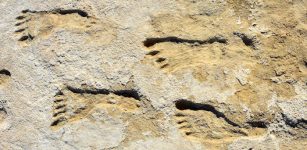 There Is A Problem With The Footprints Claimed As Evidence Of Ice Age Humans In North America – Scientists Say
Archaeology | Nov 16, 2022
There Is A Problem With The Footprints Claimed As Evidence Of Ice Age Humans In North America – Scientists Say
Archaeology | Nov 16, 2022 -
 Many Roman Citizens Joined The Huns And Preferred Their Nomadic Lifestyle – New Study
Archaeology | Apr 4, 2017
Many Roman Citizens Joined The Huns And Preferred Their Nomadic Lifestyle – New Study
Archaeology | Apr 4, 2017 -
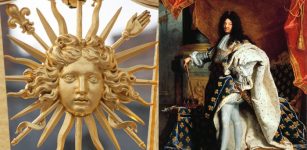 Why Was Louis XIV Called The Sun King?
Ancient History Facts | Jul 11, 2019
Why Was Louis XIV Called The Sun King?
Ancient History Facts | Jul 11, 2019 -
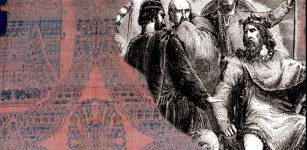 Ancient Textile Mystery: King Canute Enshrined In His Own Clothes But Found In His Brother’s
Artifacts | Oct 5, 2020
Ancient Textile Mystery: King Canute Enshrined In His Own Clothes But Found In His Brother’s
Artifacts | Oct 5, 2020 -
 Valkyries Sigrdriva And Brynhildr: Brave Warriors Who Were Punished By God Odin In Norse And Germanic Mythology
Featured Stories | Apr 4, 2017
Valkyries Sigrdriva And Brynhildr: Brave Warriors Who Were Punished By God Odin In Norse And Germanic Mythology
Featured Stories | Apr 4, 2017 -
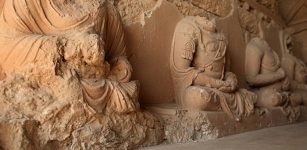 Takshashila: Renowned Learning Center That Attracted Buddhist Masters, Disciples And Students Of The World
Featured Stories | Jul 23, 2016
Takshashila: Renowned Learning Center That Attracted Buddhist Masters, Disciples And Students Of The World
Featured Stories | Jul 23, 2016 -
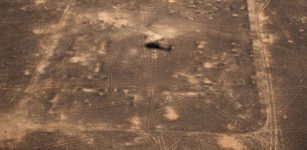 ‘Spectacular’ New Find: Roman Military Camps In Desert Found By Archaeologists Using Google Earth
Archaeology | Apr 27, 2023
‘Spectacular’ New Find: Roman Military Camps In Desert Found By Archaeologists Using Google Earth
Archaeology | Apr 27, 2023 -
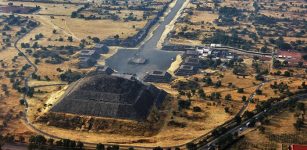 Pyramid Of The Moon And Avenue Of The Dead Could Be Foundation For Urban Design Of Teotihuacan
Archaeology | Jul 31, 2020
Pyramid Of The Moon And Avenue Of The Dead Could Be Foundation For Urban Design Of Teotihuacan
Archaeology | Jul 31, 2020 -
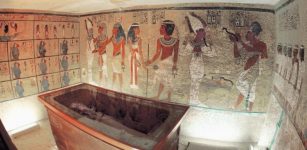 Non-Invasive Radar Will Search King Tutankhamun’s Tomb For Nefertiti’s Hidden Crypt
Civilizations | Sep 24, 2015
Non-Invasive Radar Will Search King Tutankhamun’s Tomb For Nefertiti’s Hidden Crypt
Civilizations | Sep 24, 2015 -
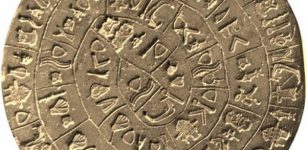 Controversial Artifact: What Kind Of Message Does The Phaistos Disk Contain?
Artifacts | May 13, 2014
Controversial Artifact: What Kind Of Message Does The Phaistos Disk Contain?
Artifacts | May 13, 2014 -
 Old Book Mysteriously Controlling The Minds Of Thousands Was Banned – But What Or Who Caused This Chilling Phenomenon?
Featured Stories | Nov 5, 2024
Old Book Mysteriously Controlling The Minds Of Thousands Was Banned – But What Or Who Caused This Chilling Phenomenon?
Featured Stories | Nov 5, 2024 -
 Researchers Confirm Clovis People Used Great Lakes Camp Annually About 13,000 Years Ago
Archaeology | Sep 12, 2024
Researchers Confirm Clovis People Used Great Lakes Camp Annually About 13,000 Years Ago
Archaeology | Sep 12, 2024 -
 Mead Of Poetry: Odin Gave This Magical Potion To Gods, Valkyries And Humans
Featured Stories | Mar 18, 2017
Mead Of Poetry: Odin Gave This Magical Potion To Gods, Valkyries And Humans
Featured Stories | Mar 18, 2017 -
 The Four Bases Of Anti-Science Beliefs – What Can Be Done About Them?
News | Jul 14, 2022
The Four Bases Of Anti-Science Beliefs – What Can Be Done About Them?
News | Jul 14, 2022 -
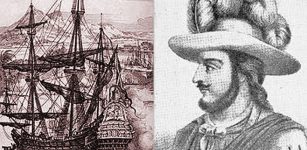 Gil Pérez: Unexplained Ancient Teleportation Of A Spanish Soldier
Featured Stories | Oct 15, 2018
Gil Pérez: Unexplained Ancient Teleportation Of A Spanish Soldier
Featured Stories | Oct 15, 2018 -
 Could Shipworms Be Destroying The Wreck Of Captain Cook’s Endeavour?
Archaeology | Aug 18, 2022
Could Shipworms Be Destroying The Wreck Of Captain Cook’s Endeavour?
Archaeology | Aug 18, 2022 -
 Brihadeshwara Temple – Outstanding Example Of Chola Architecture In Tamil Nadu, India
Featured Stories | Aug 26, 2021
Brihadeshwara Temple – Outstanding Example Of Chola Architecture In Tamil Nadu, India
Featured Stories | Aug 26, 2021 -
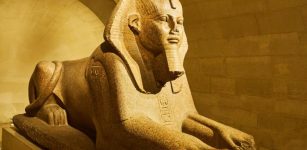 New Large Sphinx Still Embedded In Soil Discovered In Luxor, Egypt
Archaeology | Aug 10, 2018
New Large Sphinx Still Embedded In Soil Discovered In Luxor, Egypt
Archaeology | Aug 10, 2018 -
 Harappan Civilization Built Massive Protection Walls Against Tsunami 5,000 Years Ago
Archaeology | Jan 10, 2017
Harappan Civilization Built Massive Protection Walls Against Tsunami 5,000 Years Ago
Archaeology | Jan 10, 2017 -
 The Mystery Of Ancient Ever-Burning Lamps
Ancient Technology | Sep 10, 2024
The Mystery Of Ancient Ever-Burning Lamps
Ancient Technology | Sep 10, 2024

